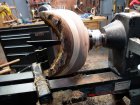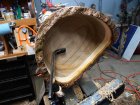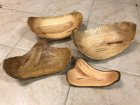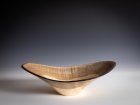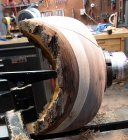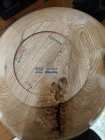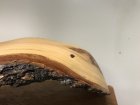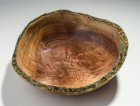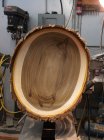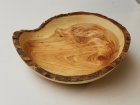I am researching but most fo the time I get enough information to send me back here to try and understand what I need to know. I am turning a natural (bark) edge bowl and was searching how to help keep the bark on during the drying but a lot of the folks just turn a green bowl and let it warp as it may. Will it work to twice turn a bowl with bark? I prefer to have the bowl maintain it's shape after the final turning. I did get the 14-inch Robust J rest and it is barely long enough to do a large bowl or it may just be me, I'm as green as this walnut bowl I'm trying to turn. I also read that some folks mix 50% DA and shellac and soak the bark to help keep the bark on. Does anyone here use that? I appreciate any advice and I'm posting a couple of pictures of my project that you may see something that will help me in the future. I've got the bowl in a plastic bag tonight until I find out what I need to do.
